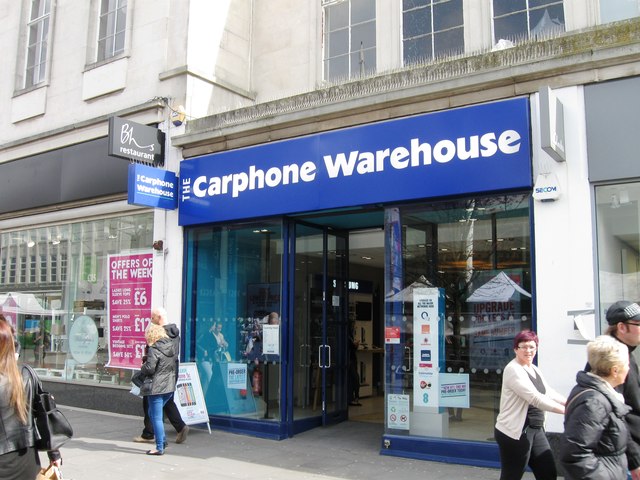For senior management everywhere, the twin virtues of agility and flexibility have become the keys to competitiveness and success. Nowhere is that more evident than among the providers of telecoms products and services, where the shifting sands of the global market have demanded an unprecedented degree of business responsiveness.
It was this new imperative, says David Byrne, IT architecture director at Carphone Warehouse, that prompted the mobile communications product retailer in late 2005 to begin a move of its critical business platforms for order management and fulfilment to a service-oriented-architecture (SOA).
“We had a series of in-house applications that had been running the business for 10 years or more,” Byrne explains, “but we found more and more that we needed to mix processes from different lines of business.” Doing so however, proved problematic, he says, because extracting the logic embedded in existing applications was not only difficult, but sometimes had unpredictable results.
With two large strategic projects already in the pipeline “that needed to be integrated one way or another”, the time seemed right to move to an SOA deployment, Byrne outlines. “We looked at a number of approaches that might give us the flexibility and adaptability that we were looking for. I settled on [web] services as a way of capturing what we wanted to do, because being able to mix and match was critical to us.”
Using an SOA and business process management stack provided by Tibco, Byrne and his team undertook a phased deployment across Carphone Warehouse’s core business functions, including service activation, billing, customer relationship management and provisioning. Over the past 12 months, Byrne and his team have brought 30 key services live, with 50 services in the building and testing phase, and a further 50 in the planning and design stage.
Already, says Byrne, the business is feeling the benefits, particularly with regard to control around IT projects. “We have a large strategic programme to put a billing platform in place right now, which has been running on a two-year delivery. In the course of that our business has experienced exponential growth, so some of the numbers we originally sized and designed that platform for don’t hold true. Because we use the services approach, we were able to redesign the order management and order process sections of that platform ‘in flight’, with virtually no impact on the programme.”
Moving to an SOA approach has also impacted business agility by allowing Carphone Warehouse more choice about who it partners with. “Where we can find alternative partners for some of the key processes that we carry out, such as fraud [detection], credit checking and payment, we can now select between partners on the basis of their commercial offerings, rather than on the ability of our IT to integrate with theirs.”
Being able to operate on this basis has cut total cost of ownership, “because we’ve reduced the number of different places where business functionality lives.” Instead of having credit checking in three applications, for example, this function now exists in one place “which means one build, test and release cycle rather than three”, says Byrne.
Overall, Carphone Warehouse is experiencing 15% code reuse across its SOA-based services – and that efficiency is only likely to grow.
“Even at this relatively early stage [of the implementation],” says Byrne, “we’re seeing a lot of benefit.”










